Basketry Potlatch Rings Item Number: 1-11396 from the The Burke: University of Washington
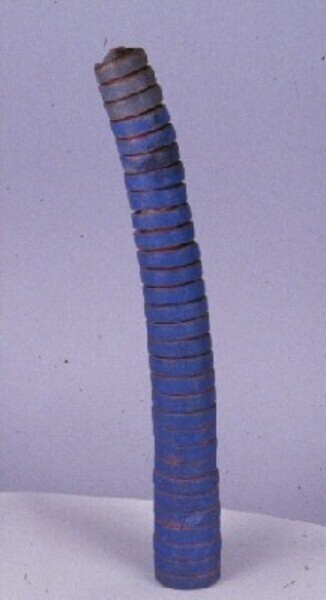
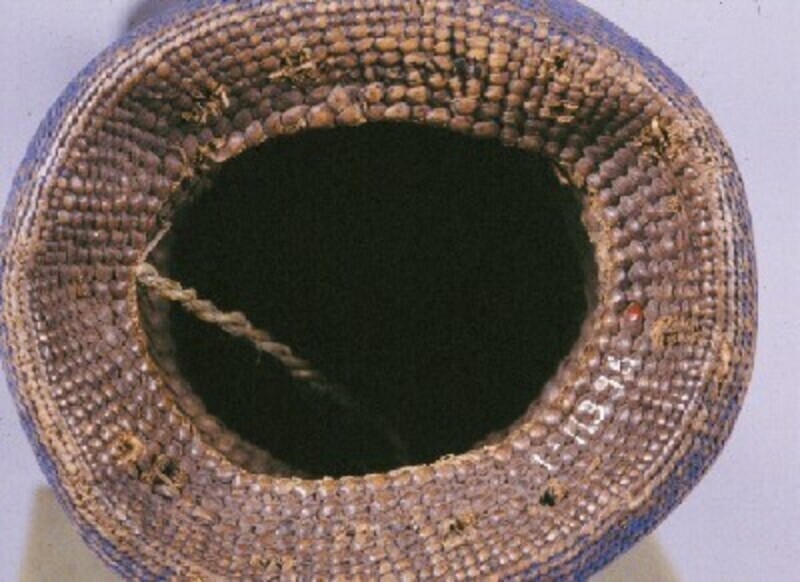
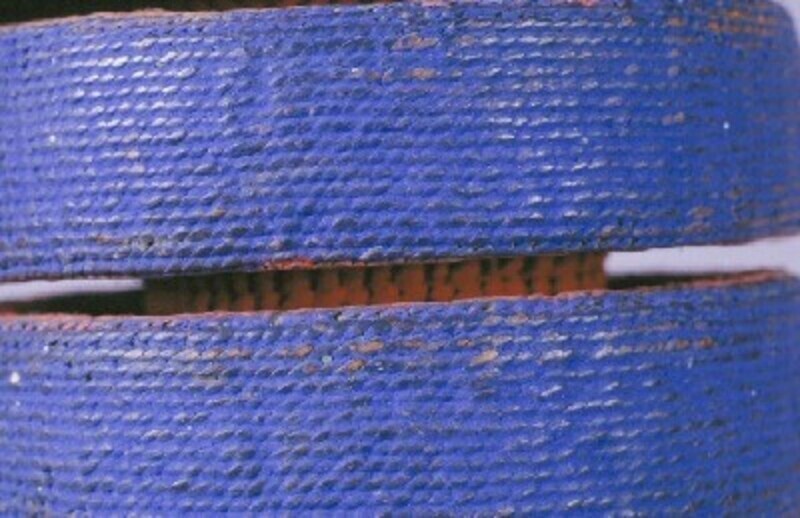
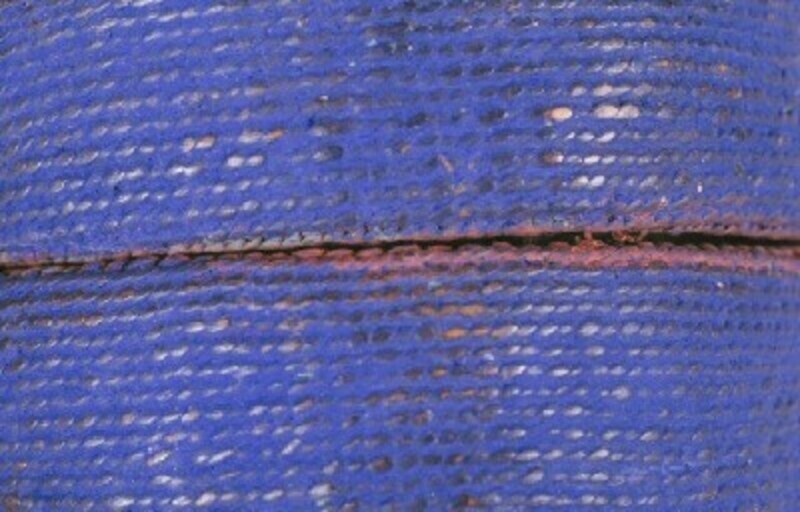
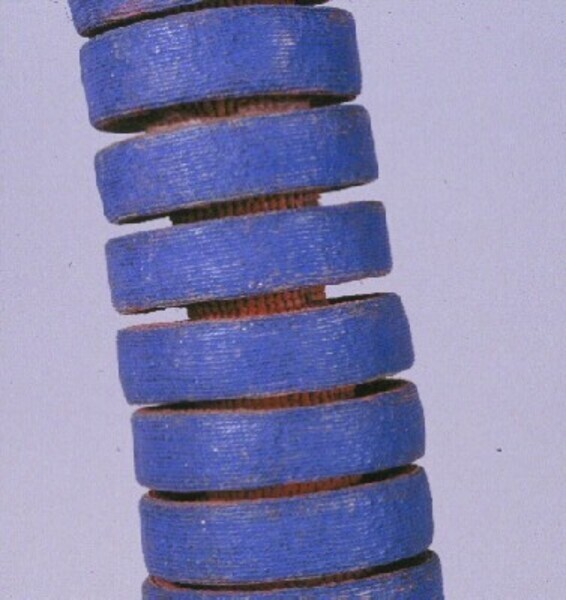
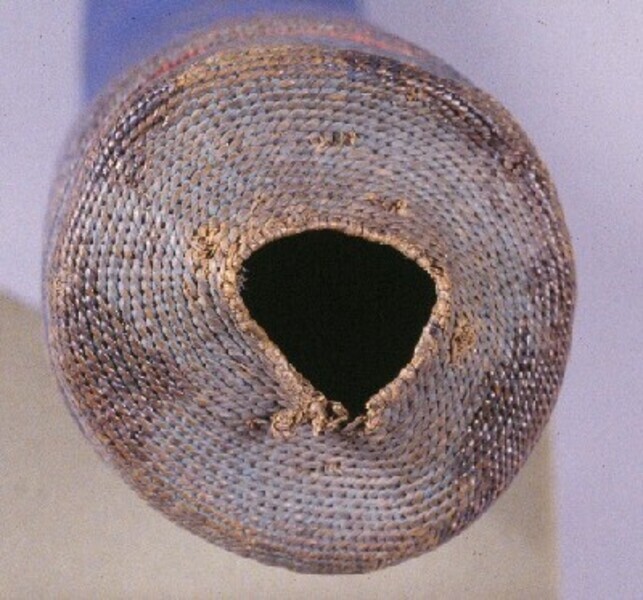
Automatically Generated From Material
The paint is blue and red.
Exhibit Label
Spruce Root Hat Ornament, Tlingit
A basket maker's tour de force, this stack of 30 rings, the longest known, is woven as one piece. Hats with stacked rings, a symbol of high status, are worn at ceremonies such as potlatches, where Tlingit families bring out their most treasured objects (at-ow). 1800s; Collected by Israel W. Powell, for the American Museum of Natural History; No. 1-11396
The stacks of basketry cylinders crowning crest hats or replicated on totem poles are at once emblems of status, objects of controversy, and the basketmaker's tour de force. This enormous pile--at thirty rings tall, the longest ever known--was acquired in the early 1880s by Israel W. Powell, Indian Commissioner for British Columbia, who was collecting for the American Museum of Natural History in British Columbia and Alaska. It would be interesting to know why and for whom this stack had been made, but it unfortunately lacks further documentation. Almost all popular accounts of Northwest Coast culture and even many contemporary native elders state that each ring of the stack on a hat top represents a potlatch given by the chief who owned the hat. (Holm, Spirit and Ancestor, 1987)
Item History
- Received from American Museum of Natural History
What
- Name
- Basketry Potlatch Rings
- Identification Number
- 1-11396
- Type of Item
- basketry potlatch ring
- Material
- spruce root and paint
- Manufacturing Technique
- plain twined, triple twined and painted
- Overall
- height 97.0 cm, width 11.0 cm
Who
- Culture
- Tlingit
- Received from
- American Museum of Natural History
Where
- Holding Institution
- The Burke: University of Washington
Other
- Credit
- Gift of American Museum of Natural History
- Collection
- Burke Museum Ethnology Collection